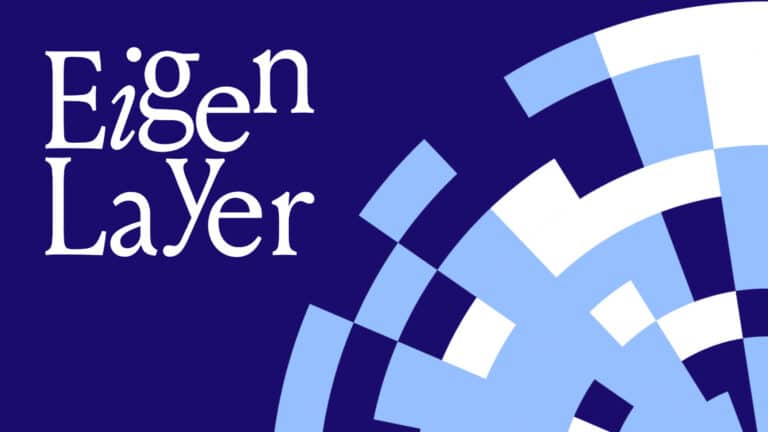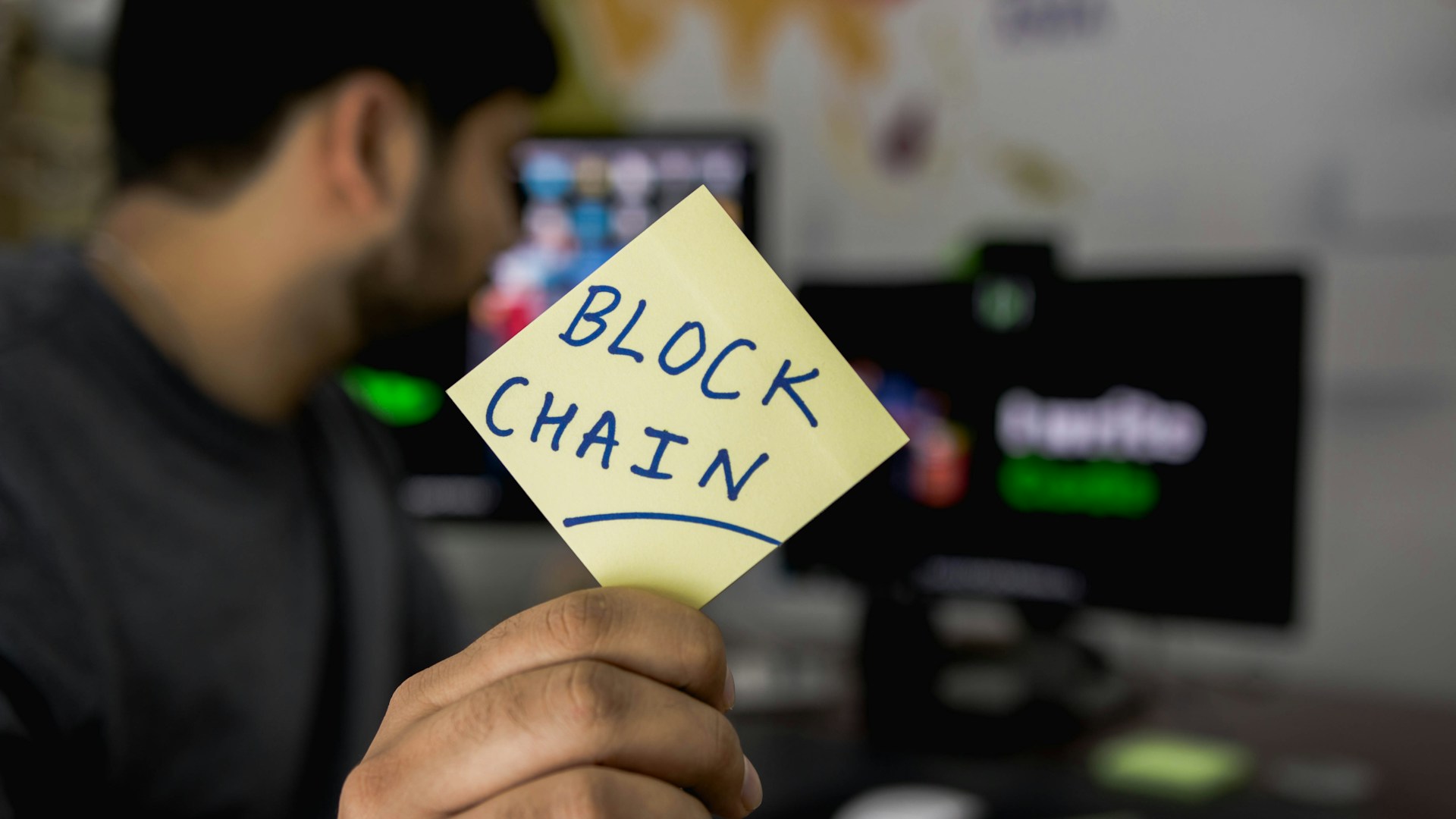EigenLayer: How It Makes Your Staked Ethereum Work Harder

EigenLayer is a protocol on the Ethereum network that lets people reuse their staked ETH to help secure other blockchain projects while still supporting Ethereum, a process called “restaking” that makes assets do two jobs at once.
Normally, when you stake ETH, it is locked to help run the Ethereum network and you earn rewards for doing so. EigenLayer lets you keep doing that but also lend that same staked ETH to secure other services, making it do two jobs at once.
To do this, you connect your ETH or liquid staking tokens (LSTs) to EigenLayer’s smart contracts. This way, your ETH still helps the Ethereum network but also supports new apps and projects, giving them extra security from a shared pool.
However, there is a risk. If a project you help secure breaks the rules or fails, your ETH can be “slashed”, meaning some of it gets taken away. But EigenLayer offers bigger rewards to make up for this extra risk.
Big Growth, Big Money, and Many Choices
EigenLayer has grown very fast over the years. In less than a year, it collected more than $8 billion worth of ETH and tokens in total value locked (TVL).
It also raised a lot of money from investors, with $50 million in a Series A round led by Blockchain Capital, and $100 million more in a Series B round led by a16z.
There are two main ways to join:
- Native Restaking: This way, you turn your Ethereum validator into an EigenLayer operator, and the ETH you already have staked goes into EigenLayer’s security pool.
- LST Restaking: You use liquid staking tokens, like OETH or stETH, which are receipts for staked ETH. You can restake them without unlocking your original ETH, and you can still trade or use them in DeFi.
When you do liquid restaking, you also get a liquid restaking token (LRT) in return. This is another token you can use in other DeFi projects, keeping your assets useful instead of stuck.
Platforms That Work With EigenLayer
They are several platforms let you restake and give extra rewards:
- First is the Origin Ether (OETH) token which offers higher rewards and is fully checked and audited. You don’t have to lock it up, and it recently had a 37-day trailing APY of 3.4%.
- YieldNest’s ynLSDe token lets users restake liquid staking tokens from services like Lido, Frax, Mantle, and Origin Ether without losing access to their funds, offering a 3.6% APR plus EigenLayer Points and bonus rewards called YieldNest Seeds.
- Ether.fi (eETH) is designed to be simple for both small and big stakers. It holds over $1.37 billion in TVL and offers 4% APY plus EigenLayer Points.
EigenLayer Points are special scores you earn when you restake. They are based on how much you restake and how long you keep it there. These points can help you get more EIGEN tokens later.
The EIGEN Token and How Restaking Works Day to Day
EigenLayer launched its token, EIGEN, for trading on October 1, 2024, after an earlier airdrop in May that restricted trading until the fall, with prices ranging between $3.50 and $4.50 at launch.
The token’s debut market capitalization was about $6.5 billion, ranking it 94th among cryptocurrencies, and it is available on major exchanges including Binance, OKX, and Coinbase.
However, now the token is down by 61% since then, currently trading for $1.42 and $461.2 million in market valuation.
Apps that use EigenLayer’s shared security are called Actively Validated Services (AVSs). They can be bridges, DApps, or oracles, each run by node operators, who either manage the systems themselves or let others do it for them.
Restakers choose which AVSs to support, so they have control over where their ETH support. This creates a kind of free market where operators earn rewards for keeping services safe but can be punished with slashing if they fail.
People manage their restaking through an EigenPod. It is a personal smart contract made when you start restaking. It lets you deposit, manage, and withdraw your assets. Each Ethereum wallet can have one EigenPod.
There are two kinds of way for withdrawals:
- Partial Withdrawals: This is where you take out your rewards but keep restaking. This can be done every 4–5 days and has an extra wait time before funds arrive.
- Full Withdrawals: You take out all your assets and stop restaking. You can change your mind and redeposit if you acted by mistake.
EigenLayer’s model gives more earning power and helps new blockchain projects, but it also brings higher risks and needs more active management than normal staking.
Also Read: SEC Delays Decision on Truth Social BTC & ETH ETF

